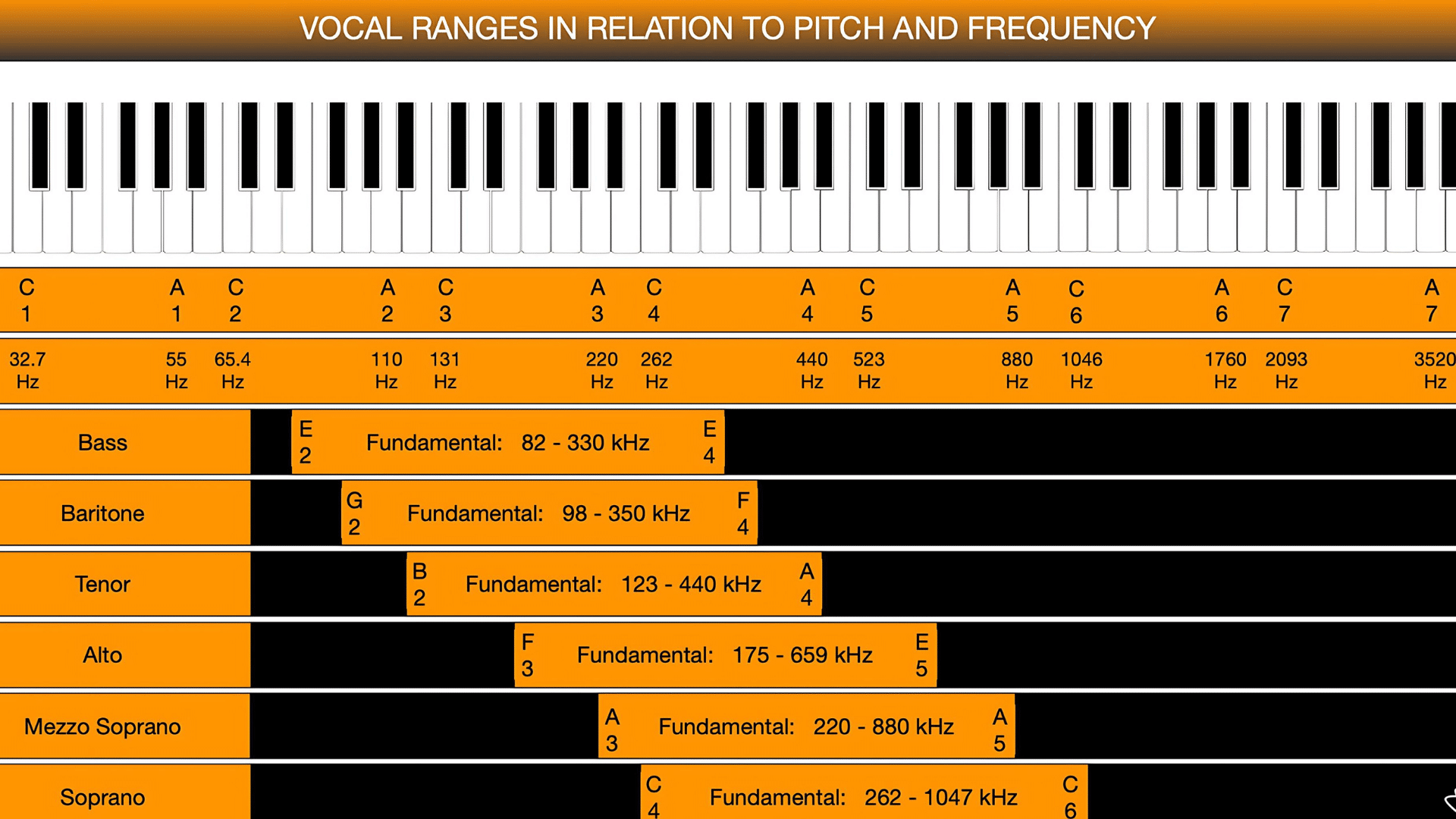What is vibrato? That beautiful, wavering sound adds richness to a singer’s voice. Imagine your favorite artist holding a note that seems to shimmer and pulse with emotion.
That’s vibrato in action! Mastering this technique can feel like chasing a musical unicorn for many singers.
But don’t worry – we’ve got your back. In this guide, we’ll explore seven key tips to help you develop and control your vibrato, complete with video tutorials to make learning a breeze.
Whether you’re a beginner just starting or an experienced vocalist looking to refine your skills, these strategies will help you add that professional polish to your performances.
Ready to take your singing to the next level? Let’s dive in and unlock the secrets of vibrato!
What is Vibrato and How Does It Work?
At its core, vibrato is a subtle oscillation of pitch that occurs naturally in the human voice. It’s that gentle, wavering sound you hear when a singer holds a note, adding warmth and expression to their tone.
The vocal folds produce vibrato in response to a balance between tension and relaxation in the laryngeal muscles.
Key Elements of Vibrato
Understanding vibrato involves recognizing its three main components:
Pitch Oscillation: This slight variation in frequency gives vibrato its characteristic sound. This oscillation typically occurs in healthy vibrato at 5-7 cycles per second.
Amplitude: Along with pitch changes, vibrato also involves small fluctuations in volume or intensity.
Muscle Coordination: Vibrato results from a complex interplay of various muscles in the larynx and surrounding areas.
It’s important to note that vibrato should develop naturally through proper vocal training and relaxation techniques. Forcing vibrato can lead to tension and potentially harmful vocal habits. As singers progress in their training, focusing on good breath support, relaxed vocal production, and overall vocal health, vibrato often emerges as a natural byproduct of a well-functioning voice.
Here are 7 Easy Tips to Master Your Vibrato
We have provided an easy guide to follow; whether you’re a beginner or a pro looking for new tips, there’s something for everyone.
1. Master Your Breath Control

Why It’s Important: Breath control is the foundation for vibrato. Without consistent breath, vibrato will sound shaky or uncontrolled. Good breath support also helps maintain pitch accuracy and tone quality throughout your vibrato.
Exercise: Practice diaphragmatic breathing exercises to ensure steady airflow during singing. Try lying on your back with a book on your stomach, breathing deeply to make the book rise and fall smoothly.
Video Link: https://www.youtube.com/watch?v=RbxxqHJymBI
Watch this video on breath control exercises to support vibrato.
2. Start with a Relaxed Throat

How Tension Impacts Vibrato: A relaxed throat allows the vocal folds to oscillate freely, creating a natural vibrato. Tension in the throat can lead to a forced or strained vibrato sound or even prevent vibrato from occurring.
Exercise: Stretch your neck and throat muscles before singing to release any built-up tension. Try gentle neck rolls, shoulder shrugs, and humming exercises to warm your voice.
Video Link: https://youtu.be/X027eSzn1f8?si=h-uXxXeMGg-coCcA
This video shows relaxation techniques for the throat to encourage natural vibrato.
3. Develop Your Natural Vibrato Speed
Finding the Right Vibrato Speed: Every singer has a unique vibrato speed, typically between 6 and 8 oscillations per second. Finding your natural speed helps your vibrato sound authentic and effortless.
Exercise: Use a metronome or app to practice maintaining a consistent vibrato speed. Start with a slow speed and gradually increase it until you find what feels comfortable and natural for your voice.
4. Use Controlled Wobble, Not Forced Vibrato
Avoiding Forced Vibrato: Forcing vibrato through jaw movement or diaphragm manipulation creates a false vibrato, which sounds unnatural. Natural vibrato comes from a balance of muscle coordination and relaxation in the larynx.
Exercise: Practice sustaining notes with minimal jaw movement to encourage natural oscillation. Focus on relaxing your jaw slightly while singing long, sustained notes.
5. Incorporate Vibrato into Your Vocal Warm-ups
How Warm-ups Help: Warm-up exercises help relax the vocal muscles and encourage natural vibrato during performance. Regular vibrato practice during warm-ups can also improve your overall control and consistency.
Exercise: Use vocal scales and arpeggios with slight vibrato to improve muscle memory. Start with simple five-note scales, adding vibrato to the last note, then gradually incorporate it into more notes as you become comfortable.
6. Ensure Pitch Accuracy While Using Vibrato

Vibrato and Pitch Control: Vibrato should enhance pitch, not alter it. Uncontrolled vibrato can cause pitch deviations. Maintaining pitch accuracy is crucial for a pleasing and professional sound.
Exercise: Use a piano or pitch app to keep your vibrato centered on the note. Practice singing long notes with vibrato while checking your pitch against a reference tone, adjusting as needed.
7. Practice Vibrato in Musical Phrasing
When to Use Vibrato: Vibrato should be applied selectively to emphasize certain song parts. Using vibrato can enhance emotional expression and add interest to your performance.
Exercise: Practice adding vibrato to longer notes and phrasings at the end of musical phrases. Choose a simple song and experiment with adding vibrato to different notes, paying attention to how it affects the overall musicality.
Video Link: https://youtu.be/gXVVQ-5o5YE?si=W-07Bn-fcBnSMW3v
Here’s a video on incorporating vibrato into your singing.
Overcoming Common Mistakes with Vibrato
Jaw Tension Leading to “Gospel Jaw” or Forced Vibrato
What is vibrato supposed to look like? Many beginners mistakenly believe that vibrato requires visible jaw movement. This can lead to a phenomenon known as “Gospel Jaw,” where the jaw visibly shakes during singing. This looks unnatural and creates a forced uneven vibrato sound.
Lack of Breath Control Causing Inconsistent Vibrato

Another common issue is inconsistent vibrato due to poor breath management. When singers don’t maintain steady airflow, their vibrato can become erratic, switching between too fast, too slow, or disappearing altogether.
How to Avoid These Mistakes
Focus on Relaxing the Jaw and Maintaining Steady Airflow: To avoid the “Gospel Jaw,” concentrate on keeping your jaw relaxed and still while singing. Remember, vibrato comes from the larynx, not the jaw.
Practice singing before a mirror, ensuring your jaw remains stable as you produce vibrato. Imagine you’re blowing out a candle slowly and steadily while you sing for steady airflow. This visualization can help maintain consistent breath support throughout your phrases.
Use Breathing Exercises to Regulate Tension and Develop Natural Vibrato: Incorporate breathing exercises into your daily practice routine. One effective exercise is the “Hissing drill”: Take a deep breath, then exhale on a steady hiss, maintaining consistent air pressure for as long as possible.
This helps develop the breath control necessary for smooth, natural vibrato. Another useful technique is the “Bubble lips” or “Lip trill” exercise. This involves making a motorboat sound with your lips while singing a scale. It helps release tension in the throat and encourages natural vibrato.
Conclusion
Mastering vibrato is a journey that requires patience, practice, and proper technique. By focusing on breath control, relaxation, and consistent exercise, singers can develop a natural, expressive vibrato that enhances their performances.
Remember that vibrato should complement the voice, not overpower it. Avoid common pitfalls like tension and inconsistent breath support, and instead cultivate a relaxed, steady approach.
With dedication and the right guidance, any singer can improve their vibrato skills. Keep practicing, stay attentive to your body, and enjoy the process of discovering your unique vocal signature. As you refine your vibrato, your singing becomes more passionate, dynamic, and professional-sounding.











